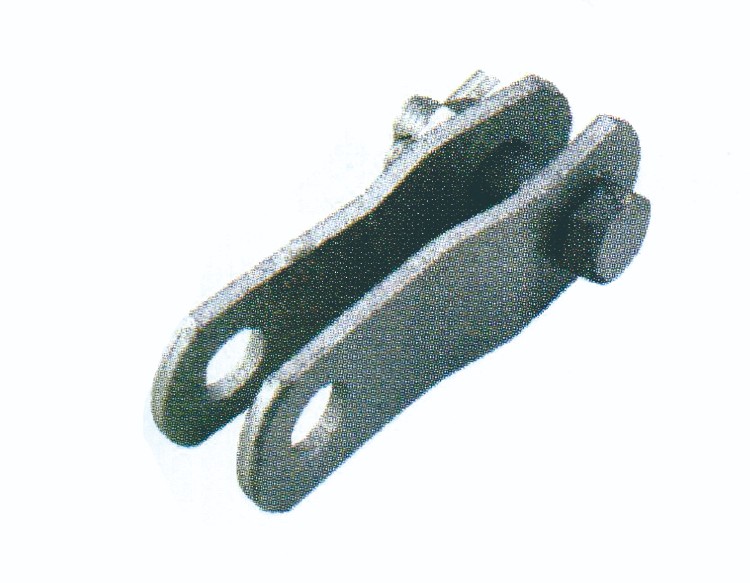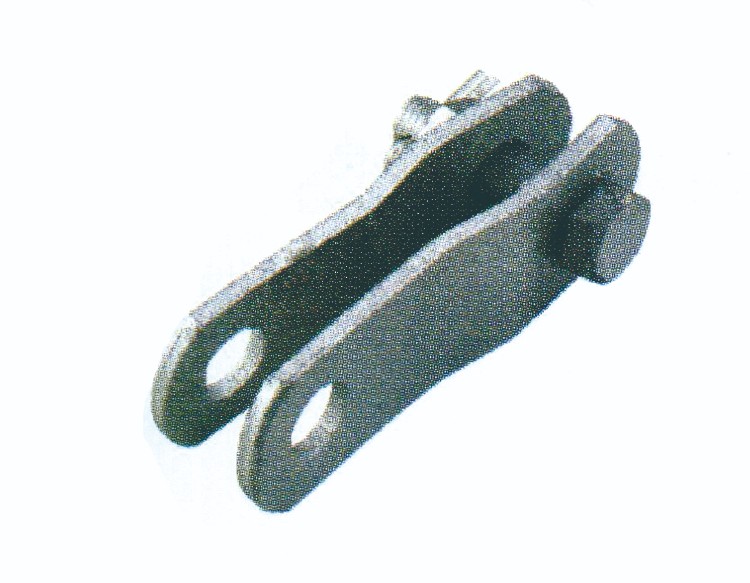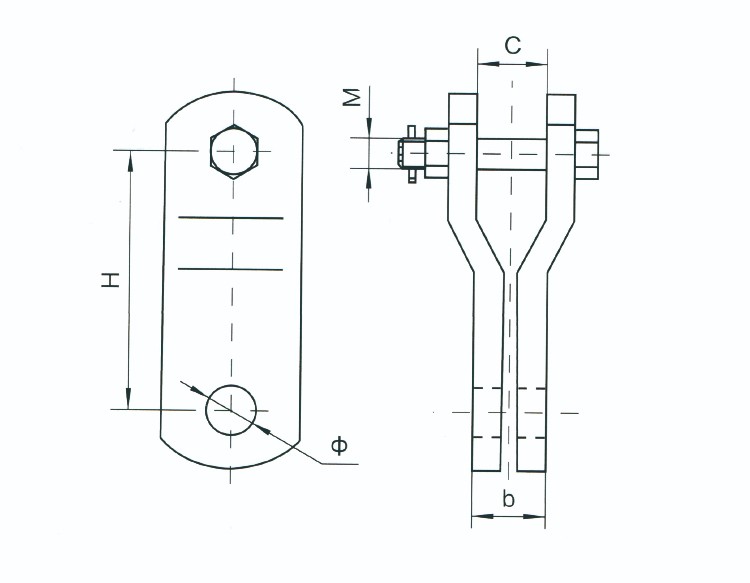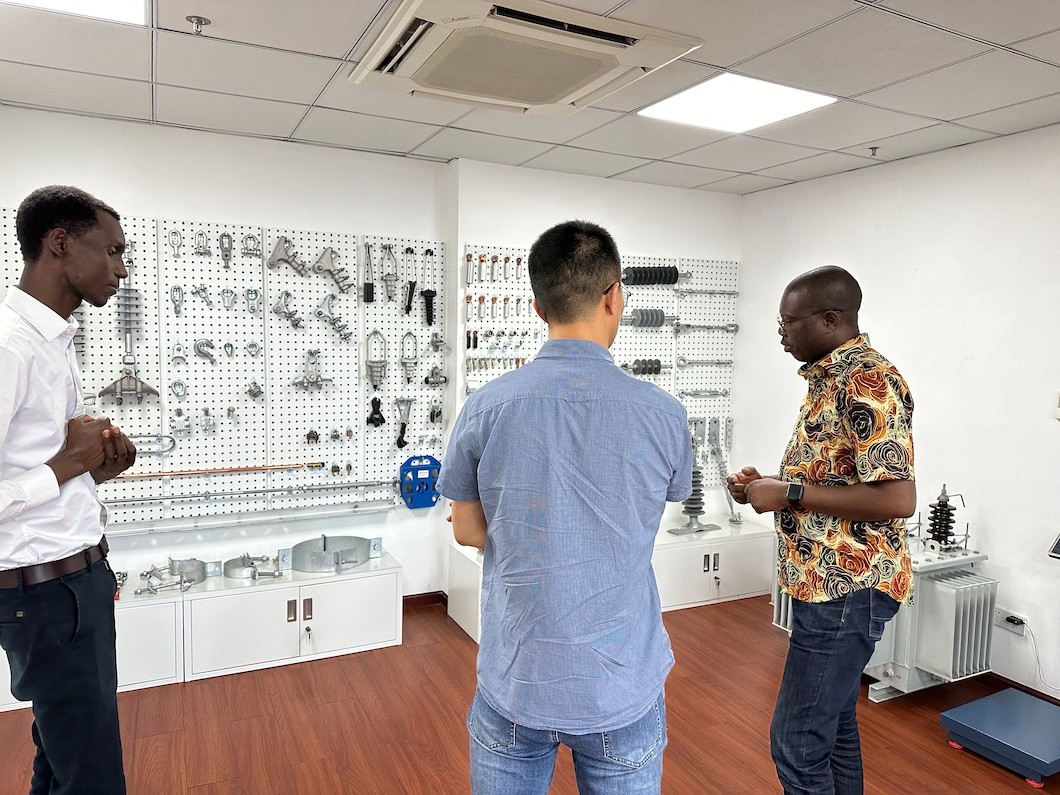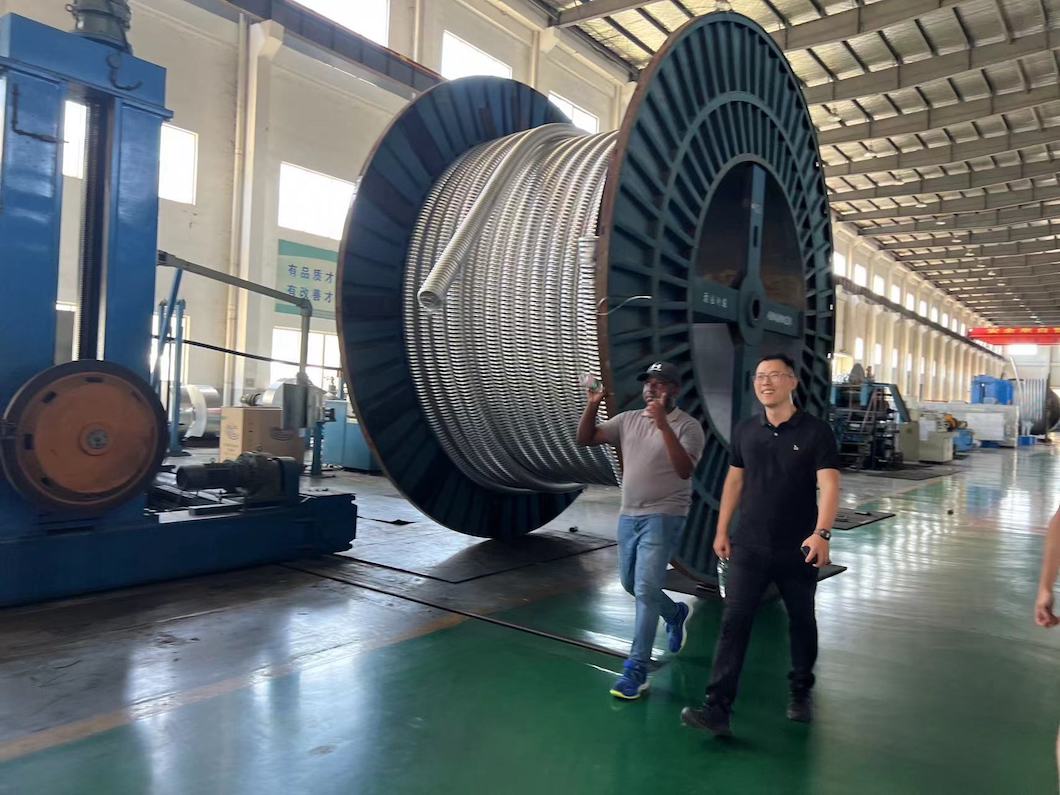| Catalog No. | Dimensions(mm) | Failure Load(KN) | Weight(KG) | ||||||
| C | b | M | Φ | H | |||||
| PS-7 | 20 | 16 | 16 | 20 | 90 | 70 | 0.6 | ||
| PS-10 | 20 | 20 | 18 | 20 | 90 | 100 | 0.8 | ||
| PS-12 | 20 | 20 | 22 | 24 | 95 | 120 | 1.5 | ||
| PS-16 | 26 | 24 | 24 | 26 | 155 | 160 | 2.7 | ||
| PS-30 | 38 | 34 | 36 | 39 | 140 | 300 | 5.3 | ||
| PS-0790 | 20 | 16 | 16 | 18 | 90 | 70 | 0.6 | ||
| PS-10100 | 20 | 18 | 18 | 20 | 100 | 100 | 0.8 | ||
1.Consists:A clevis is a type of fastener that most often consists of a U-shaped piece with holes at each end and a clevis pin that passes through the holes.
2.Design:The design of a clevis allows for articulation or movement at the joint, making it an ideal component for applications where flexibility and adaptability are required.
3.Type:The "PS" in "Clevis-PS" refer to a specific type or model of clevis, or it could refer to a particular application or standard.
4.Applications:Clevises are used in a wide variety of applications, including farming equipment, sailboat rigging, automotive, aircraft, and construction industries. They are also widely used to attach control surfaces and other accessories to servo controls in airworthy model aircraft.









